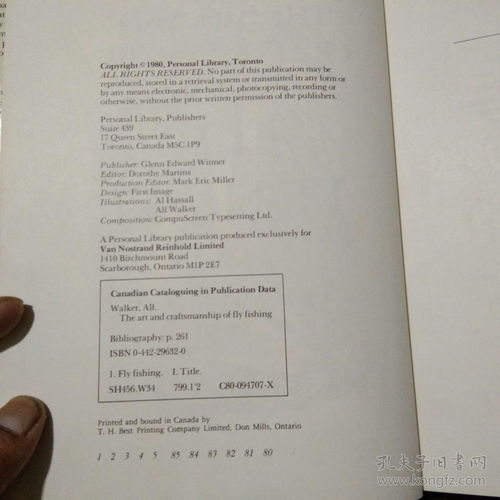Content:
Introduction: Fishing is an enjoyable pastime that requires patience, skill, and the right equipment. One of the most crucial tools in a fisherman's arsenal is the fishing rod. Whether you are a beginner or an experienced angler, knowing how to properly equip and use a fishing rod can greatly enhance your chances of catching fish. In this article, we will discuss how to choose the right fishing rod, the essential accessories, and the techniques to improve your fishing experience.
Choosing the Right Fishing Rod
a. Material: Fishing rods are available in various materials, including graphite, fiberglass, and composite. Graphite rods are lightweight and sensitive, ideal for catching smaller fish. Fiberglass rods are durable and versatile, suitable for various fishing conditions. Composite rods offer a balance between strength and sensitivity. Choose a rod material based on your fishing style and preferences.
b. Length: The length of the fishing rod depends on the type of fishing you plan to do. Longer rods are suitable for casting over long distances, while shorter rods are better for tight spaces. For general fishing, a rod length between 6 to 7 feet is a good choice.
c. Action: The action of a fishing rod refers to how it bends when pressure is applied. Fast-action rods bend towards the tip, while slow-action rods bend towards the handle. Fast-action rods are suitable for casting and catching fast-moving fish, while slow-action rods are better for finesse techniques and larger fish.
d. Power: The power of a fishing rod refers to its ability to handle fish. Light-power rods are suitable for smaller fish, while heavy-power rods are ideal for larger fish. Match the power of your rod to the type of fish you are targeting.
Essential Accessories
a. Reel: A reel is an essential accessory that holds the fishing line. Spincasting reels are suitable for beginners, while baitcasting reels offer more control and are ideal for experienced anglers. Choose a reel that matches your fishing style and the type of fish you are targeting.
b. Fishing Line: The type of fishing line you use depends on the fish you are targeting and the fishing conditions. Monofilament line is the most common and versatile, while fluorocarbon line is nearly invisible underwater and ideal for clear water fishing. Braided line is strong and durable, but it may be too visible in some situations.
c. Lures and Baits: Lures and baits are used to attract fish. The type of lure or bait you use depends on the fish you are targeting and the fishing conditions. Soft plastics, spinners, and jigs are popular choices for a variety of fish species.

d. Hooks: Hooks come in various sizes and shapes, depending on the fish you are targeting. Choose the appropriate hook size and style for the fish you want to catch.
Fishing Techniques
a. Casting: Casting is the process of throwing the fishing line and lure into the water. Practice different casting techniques, such as the overhead cast, sidearm cast, and roll cast, to improve your accuracy and distance.
b. Trolling: Trolling involves slowly retrieving a lure behind a boat. To troll effectively, maintain a steady speed and adjust your lure presentation based on the fish you are targeting.
c. Jigging: Jigging involves quickly lifting and dropping a lure to mimic the movement of prey. This technique is effective for catching bottom-dwelling fish, such as walleye and bass.
d. Fly Fishing: Fly fishing requires specialized equipment and techniques. Learn the basics of fly casting, fly selection, and fly presentation to become a successful fly fisherman.
Conclusion: Equipping and mastering your fishing rod is essential for a successful fishing experience. By choosing the right rod, accessories, and techniques, you can improve your chances of catching fish and enjoy the beauty of the outdoors. Remember to practice and experiment with different techniques to find what works best for you. Happy fishing!












